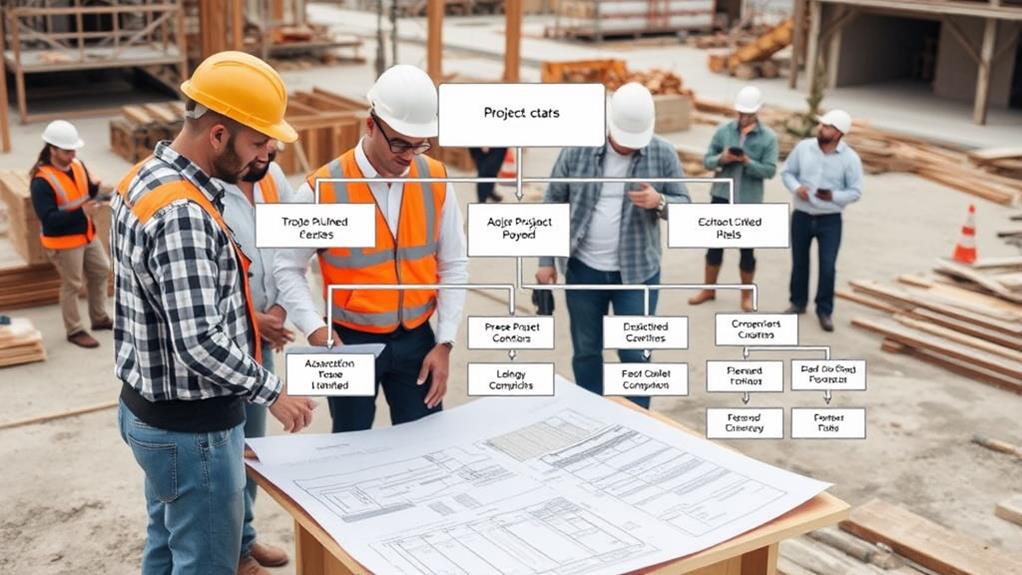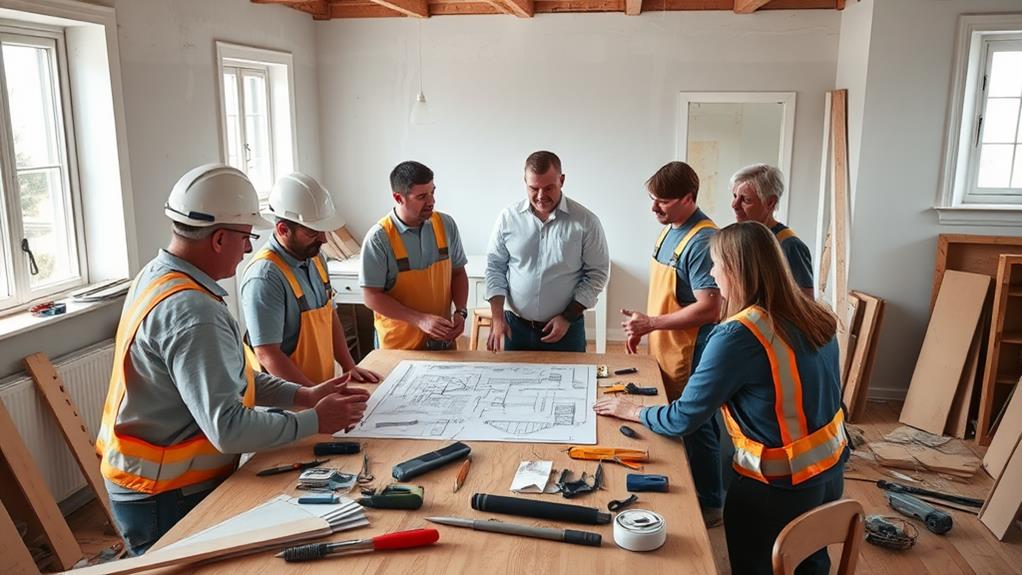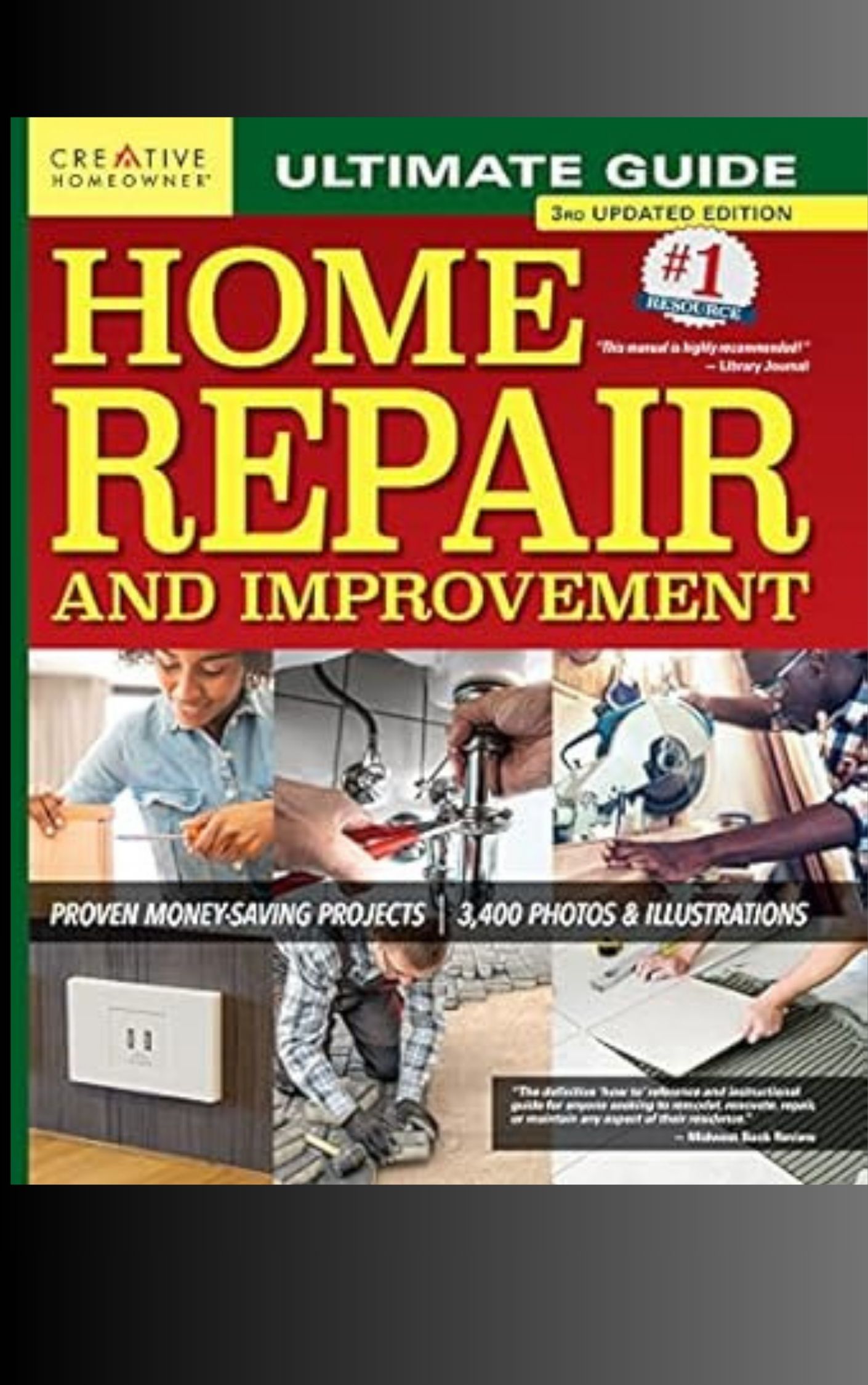A comprehensive communication plan is crucial for smooth renovation project management. Start by identifying key stakeholders and establishing appropriate communication channels. Define a clear reporting structure and set expectations for all parties involved. Create a detailed timeline and develop feedback mechanisms to ensure ongoing project alignment. Implement conflict resolution strategies and document all communications for reference. Leverage technology to streamline information sharing and project tracking. By focusing on these elements, project managers can foster transparency, minimize misunderstandings, and keep the renovation on track. The following sections provide in-depth guidance on each aspect of an effective communication plan.
Identify Key Stakeholders

Stakeholder identification forms the foundation of successful renovation project management. This crucial step involves recognizing all parties who have a vested interest in or can influence the project's outcome. Key stakeholders typically include the property owner, project manager, architects, contractors, subcontractors, suppliers, and relevant government officials.
To effectively identify stakeholders, begin by creating a comprehensive list of all potential individuals and groups involved. Consider both internal and external stakeholders, such as employees, tenants, neighbors, and local community members who may be affected by the renovation. Assess each stakeholder's level of interest, influence, and potential impact on the project.
Categorize stakeholders based on their roles and responsibilities, prioritizing those with the most significant influence or whose involvement is critical to project success. Develop a stakeholder matrix to visualize relationships and communication needs. This process helps in tailoring communication strategies and managing expectations throughout the renovation. By thoroughly identifying and understanding key stakeholders, project managers can anticipate potential challenges, mitigate risks, and foster collaborative relationships that contribute to a smoother renovation process.
Establish Communication Channels
With key stakeholders identified, the next step in effective renovation project management is to establish robust communication channels. These channels serve as the lifelines of information flow throughout the project, ensuring all parties remain informed and aligned.
Begin by selecting appropriate communication tools tailored to the project's needs and stakeholders' preferences. This may include email, instant messaging platforms, project management software, or regular in-person meetings. Implement a centralized document sharing system to maintain version control and easy access to project files.
Establish clear protocols for communication frequency and content. Define which updates require immediate attention and which can be communicated in scheduled reports. Create a standardized reporting template to ensure consistency in information sharing across all stakeholders.
Set up a hierarchical communication structure, clearly outlining who reports to whom and for what purpose. This helps prevent information overload and ensures that each stakeholder receives relevant information.
Lastly, schedule regular check-ins and progress meetings to facilitate face-to-face communication and address any issues promptly. These meetings provide opportunities for stakeholders to voice concerns, share insights, and collaboratively solve problems, fostering a cohesive team environment.
Define Reporting Structure

A well-defined reporting structure forms the backbone of effective project communication. It establishes clear lines of authority and responsibility, ensuring that information flows efficiently throughout the renovation project team. Begin by identifying key stakeholders, including the project manager, contractors, subcontractors, and client representatives. Create a hierarchical chart that visually represents the chain of command and information flow.
Designate specific roles for reporting, such as a central point of contact for daily updates and a separate channel for urgent issues. Establish regular reporting intervals, such as daily progress reports, weekly team meetings, and monthly client briefings. Define the format and content requirements for each type of report, ensuring consistency and completeness of information.
Implement a system for escalating issues that cannot be resolved at lower levels. This should include clearly defined thresholds for when to escalate and to whom. Utilize project management software to streamline the reporting process, allowing team members to input data in real-time and generate automated reports. Regularly review and adjust the reporting structure as needed to address any communication gaps or inefficiencies that emerge during the project.
Set Clear Expectations
Clear expectations serve as the foundation for successful renovation project management. They ensure all stakeholders are aligned on project goals, timelines, and responsibilities.
To set clear expectations, begin by documenting project objectives, scope, and deliverables in a comprehensive project charter. This document should outline key milestones, budget constraints, and quality standards.
Communicate these expectations to all team members, contractors, and clients through kickoff meetings and regular updates. Establish specific roles and responsibilities for each stakeholder, detailing their tasks and deadlines. Create a detailed project schedule that includes all phases of the renovation, from planning to completion, and share it with all parties involved.
Address potential challenges and risks upfront, discussing how they will be managed and mitigated. Set realistic timelines and budget expectations, allowing for contingencies. Clearly define the decision-making process and approval procedures for changes or issues that may arise during the project.
Create a Timeline

Time serves as the backbone of any successful renovation project. Creating a comprehensive timeline is crucial for keeping all stakeholders aligned and ensuring the project progresses efficiently. Begin by breaking down the renovation into distinct phases, such as demolition, structural work, electrical and plumbing, finishing touches, and final inspections. Assign realistic durations to each phase, factoring in potential delays and contingencies.
Collaborate with contractors, suppliers, and team members to establish key milestones and deadlines. Include important dates for permit approvals, material deliveries, and inspections. Use project management software or a shared digital calendar to visualize the timeline and make it accessible to all parties involved.
Regularly review and update the timeline as the project progresses, adjusting for unforeseen circumstances or changes in scope. Communicate any modifications promptly to all stakeholders to maintain transparency and manage expectations. A well-crafted timeline not only keeps the project on track but also helps in resource allocation, budget management, and coordination of various trades. By adhering to a clear timeline, you can minimize disruptions, reduce stress, and increase the likelihood of completing the renovation project on schedule and within budget.
Develop Feedback Mechanisms
Effective feedback mechanisms are essential for the success of any renovation project. These mechanisms ensure that all stakeholders, including clients, contractors, and team members, can communicate their concerns, suggestions, and progress updates efficiently. Implementing a structured feedback system helps identify potential issues early, allowing for timely adjustments and preventing costly delays.
To develop robust feedback mechanisms, start by establishing regular check-ins with all parties involved. These can include daily briefings with on-site workers, weekly progress meetings with project managers, and bi-weekly updates with clients. Utilize multiple communication channels, such as in-person meetings, email updates, and project management software, to accommodate different preferences and ensure information reaches all relevant parties.
Create standardized feedback forms or templates to streamline the process and ensure consistent data collection. These forms should cover key areas such as timeline adherence, budget status, quality concerns, and safety issues. Implement a clear escalation process for urgent matters that require immediate attention. Finally, regularly review and analyze the feedback received to identify trends, address recurring issues, and continuously improve project management practices.
Plan for Conflict Resolution

Establishing a comprehensive conflict resolution plan is crucial for the smooth execution of any renovation project. This plan should outline clear procedures for addressing disagreements, misunderstandings, and disputes that may arise among stakeholders, contractors, and team members.
Begin by identifying potential sources of conflict, such as budget discrepancies, timeline delays, or quality concerns. Then, develop a step-by-step process for resolving these issues.
Include a hierarchical approach to conflict resolution, starting with direct communication between involved parties, followed by mediation from project managers or supervisors if necessary. Establish a neutral third-party arbitration process for more complex disputes. Clearly define the roles and responsibilities of each party in the conflict resolution process, and set realistic timeframes for addressing and resolving issues.
Incorporate regular check-ins and progress reviews to proactively identify and address potential conflicts before they escalate. Train team members in effective communication and conflict resolution techniques to foster a collaborative environment. By implementing a well-structured conflict resolution plan, you can minimize disruptions, maintain positive relationships, and keep your renovation project on track.
Document Everything
A paper trail is the backbone of successful renovation project management. Documenting every aspect of the renovation process ensures accountability, clarity, and protection for all parties involved. Begin by creating a comprehensive project file that includes contracts, permits, design plans, and change orders. Maintain detailed records of all communications, including emails, text messages, and meeting minutes. These documents serve as reference points for decision-making and can help resolve disputes if they arise.
Implement a system for tracking expenses, payments, and invoices. This financial documentation is crucial for budget management and potential tax purposes. Regularly update the project schedule, noting any delays or changes in timeline. Photograph the renovation progress at key stages, providing visual evidence of completed work and existing conditions.
Utilize project management software or apps to centralize and organize all documentation. These tools often allow for real-time updates and easy sharing among team members. Establish a protocol for backing up all digital files to prevent data loss. By meticulously documenting every aspect of the renovation project, you create a comprehensive record that protects all parties and facilitates smooth project execution.
Leverage Technology

Technology has revolutionized the field of renovation project management, offering powerful tools to streamline processes and enhance efficiency. Project management software, such as Asana, Trello, or Microsoft Project, can help organize tasks, assign responsibilities, and track progress in real-time. These platforms allow team members to collaborate seamlessly, share documents, and communicate updates instantly.
3D modeling and visualization tools like SketchUp or AutoCAD enable project managers to create detailed plans and renderings, helping clients better understand the proposed changes and make informed decisions. Mobile apps for site inspections and punch lists simplify the documentation process, allowing managers to capture issues, assign tasks, and monitor resolution directly from their smartphones.
Cloud-based document management systems ensure that all project-related files are centralized, easily accessible, and version-controlled. This reduces the risk of miscommunication and ensures that all team members are working with the most up-to-date information. Additionally, video conferencing tools facilitate remote meetings and virtual walkthroughs, saving time and reducing the need for on-site visits. By leveraging these technological solutions, renovation project managers can significantly improve communication, coordination, and overall project outcomes.
Frequently Asked Questions
How Do I Handle Unexpected Delays in the Renovation Project Timeline?
To handle unexpected delays in a renovation project timeline, promptly assess the cause, communicate transparently with stakeholders, adjust schedules accordingly, and implement contingency plans. Prioritize critical tasks, reallocate resources, and consider accelerating other areas to mitigate overall impact.
What's the Best Way to Communicate Budget Changes to Stakeholders?
To communicate budget changes effectively, schedule a stakeholder meeting promptly. Present detailed explanations for the changes, provide updated cost breakdowns, and offer potential solutions or cost-saving alternatives. Be transparent, open to questions, and prepared with supporting documentation.
How Can I Ensure Subcontractors Follow the Established Communication Plan?
To ensure subcontractors follow the communication plan, clearly outline expectations in contracts, provide thorough onboarding, conduct regular meetings, offer incentives for compliance, and implement consequences for non-adherence. Consistently reinforce the plan's importance throughout the project's duration.
Should I Organize Regular Site Visits for Stakeholders During the Renovation?
Studies show that 85% of project success is attributed to effective communication. Organizing regular site visits for stakeholders is crucial during renovation. It fosters transparency, allows for real-time updates, and helps address concerns promptly, ensuring smoother project progression.
How Do I Manage Communication When Working on Multiple Renovation Projects Simultaneously?
To manage communication across multiple renovation projects simultaneously, implement a centralized project management system, establish clear communication channels for each project, prioritize tasks, delegate responsibilities, and schedule regular check-ins with team members and stakeholders for each project.
Conclusion
In conclusion, a well-crafted communication plan serves as the backbone of successful renovation project management. By identifying stakeholders, establishing channels, and setting clear expectations, project managers can navigate the stormy seas of renovation with confidence. Implementing robust reporting structures, timelines, and feedback mechanisms ensures smooth sailing throughout the project lifecycle. Embracing technology and documenting processes further enhances efficiency and transparency. Ultimately, a comprehensive communication strategy paves the way for project success and stakeholder satisfaction.

